It seems like if you like Windows or Linux, you have to choose one or the other. Most will say they like the “look” of Windows but they want the underlying features of Linux. There have been many Linux distros that capture the “feel” and ease of use of Windows, like Mint. However, there have been none that are quite like Wubuntu. Wubuntu is an Ubuntu operating system that looks like Windows 11 or Windows 10 if you choose. Let’s take a look at this very unique version of Ubuntu that will most likely leave you with a double take on what you are seeing.
Table of contents
What is Wubuntu?
Wubuntu is an open source version of Ubuntu that looks like Windows 11 and Windows 10 (two different versions you can download). The goal of Wubuntu is to have an operating system that feels at home for Windows users but is powered by Ubuntu and the security and features of Linux. It is a mashup between what we like about Windows and the capabilities and security of Linux.
It provides a complete appearance of Windows and it also has things that you would have thought would have been Microsoft Windows only. However, you get the new CoPilot wizard, Microsoft Edge, Onedrive, PowerShell, Teams, and more features.
One of the great things about Wubuntu is that it does not require a TPM device, secure boot, or other hardware that are needed to run true Windows 11. This makes it a great option for older legacy desktop PCs that may not have the newer security hardware.
Also Windows Ubuntu can run a combination of Windows, Android, and Linux applications all from the same operating system.
Two versions of Wubuntu
The Wubuntu installation comes in two flavors:
- Windows Ubuntu 11 Plasma – This is the version of Wubuntu that looks like Windows 11. It uses KDE Plasma technology with KDE window manager, and a modern and customizable desktop
- Windows Ubuntu 11 Cinnamon – Even though it has Windows 11 in the name, the styling and GUI is modeled after Windows 10. It is Meant for very low-powered hardware without many resources. It is for users who want to have a stable and secure operating system with a Windows 10 experience
Recommended system requirements
The hardware requirements are as follows:
- Windows Ubuntu 11 Plasma – 2 GB RAM and 2 core CPU
- Windows Ubuntu 11 Cinnamon – 1 GB RAM and single core processor
The Core Features of Wubuntu
Linux security
One of the standout features of Wubuntu is security. Without affecting the user experience, you have the advantages of Linux underneath, which is notably less vulnerable than Windows on many fronts. Note the updates download in the following screenshot.
It doesn’t require TPM which means that older systems can benefit from the additional security of Linux while keeping the familiar interface of Windows, either 10 or 11.
Supports legacy systems
It has excellent hardware compatibility. Unlike Windows 11 systems that require TPM and secure boot features, Wubuntu provides a secure environment for users due to the Linux OS underneath. It keeps all the appearance of the Windows 11 interface, including the start menu and control panel.
Also, with the low system requirements, it will be a great option for low powered and legacy hardware desktop PCs and laptops.
Support, updates, and apps
Wubuntu uses the latest LTS version of Ubuntu ensuring long-term support and regular maintenance updates and free security updates. This helps with a stable, fast, and reliable system. Wubuntu is also capable of handling multiple types of applications, from Linux-native software to Windows and Android apps. It also has community support and the developers have a support contact form.
Run as Live CD or install
One of the cool things about Wubuntu is you can run the distribution as a live CD booting from the ISO image from either a DVD drive or mounted ISO image to run a quick and efficient system.
Below, you see Wubuntu booted into the desktop environment as a live CD. However, this is not the only option as there is an icon on the desktop to Install System. This will launch the installer and take you through the installation process to make the system persistent on your hard disk.
Installing Wubuntu
Installing Wubuntu is straightforward, requiring no specialized hardware. It can be set up from a USB port or a DVD drive.
Mount the ISO image or burn to a USB drive using Rufus or Ventoy and boot your physical hardware or virtual machine.
They have even captured the essence of booting Windows when Ubuntu boots:
Click the Install System shortcut on the desktop.
This launches the installer. Select your language.
Select your timezone.
Select your keyboard layout.
Choose the option you want to use for hard drive partitioning. You can simply choose Erase disk if you want it to automatically format and partition the hard disk. Also, you can choose the Manual partitioning option
Configure your user and name of the system along with the user password. You can also set the option to have it log in automatically without asking for the password. Click Install.
The system will begin the installation process:
After a few minutes the system will be installed. Click Done to initiate a restart of the system.
It will prompt you to remove the installation media and hit ENTER.
Logging into Wubuntu and looking around
After it boots, you will see the login screen. It looks beautiful.
A lot of the functionality comes from Powertoys. You will see this start up. Also, the familiar toaster-style pop-ups about updates, etc.
The system properties are an uncanny resemblance to Windows 11.
Applying updates in Wubuntu
I really like the updates interface with Wubuntu. If only Windows 11 natively was this good on the updates side.
You will get prompted with a “UAC” prompt for applying updates:
Updates being applied below:
After applying updates below, the system shows Up to date.
PowerShell built-in
One of the awesome things you will see is that PowerShell is built into Wubuntu out of the box.
You will see the Microsoft PowerShell console when you search for PowerShell.
Below is after launching PowerShell terminal command line and viewing the $PSVersionTable.
A Platform for Developers and Everyday Users
I think this will be a great platform for a developer looking for a stable and secure environment for coding and testing applications. There are so many great developer tools that align with Linux environments, especially with containers and CI/CD pipelines.
Wubuntu will provide the underlying OS for running these tools and the familiarity for developers and end users of using Windows. Its will support various programming languages and platforms, including Android development. This will make it a great choice for developers, while the interface and security features will be great for general users.
Wubuntu Windows Ubuntu 11 Cinnamon
Above, we mentioned there are two versions of Wubuntu, Ubuntu 11 Plasma, and Ubuntu 11 Cinnamon. The Cinnamon version is the version meant for even lower hardware requirements and mimics Windows 10.
The install process is exactly the same. Below are a couple of screenshots. The first, is Windows 11 Cinnamon booting.
Below, you can see the Windows 11 Cinnamon Wubuntu that looks like Windows 10. Not sure why they didn’t call it Windows Ubuntu 10 Cinnamon, but they keep the Windows Ubuntu 11 name with the Cinnamon installation.
Resources
You can find the documentation page for Wubuntu here: Plasma – KDE UserBase Wiki.
You can download Wubuntu from Sourceforge here: FREE EDITION (wubuntu.org).
Wrapping up Wubuntu Ubuntu that looks like Linux
I have to say that Wubuntu is very interesting and is one of the most impressive “Windows on Ubuntu” distros I have seen. I think this will be an incredibly cool environment for home labbers, end users, VDI environments using Linux desktops, developers, and others. The developers have really captured I think the essence of Windows 11 and Windows 10 in the Plasma and Cinnamon versions of Wubuntu.
It will also allow having the look and feel of Windows 11 on systems that can’t run it due to the TPM requirements. Microsoft is also rumored to be upping the requirements and eliminating some of the bypasses in Windows 11 24h2.
Google is updating how articles are shown. Don’t miss our leading home lab and tech content, written by humans, by setting Virtualization Howto as a preferred source.

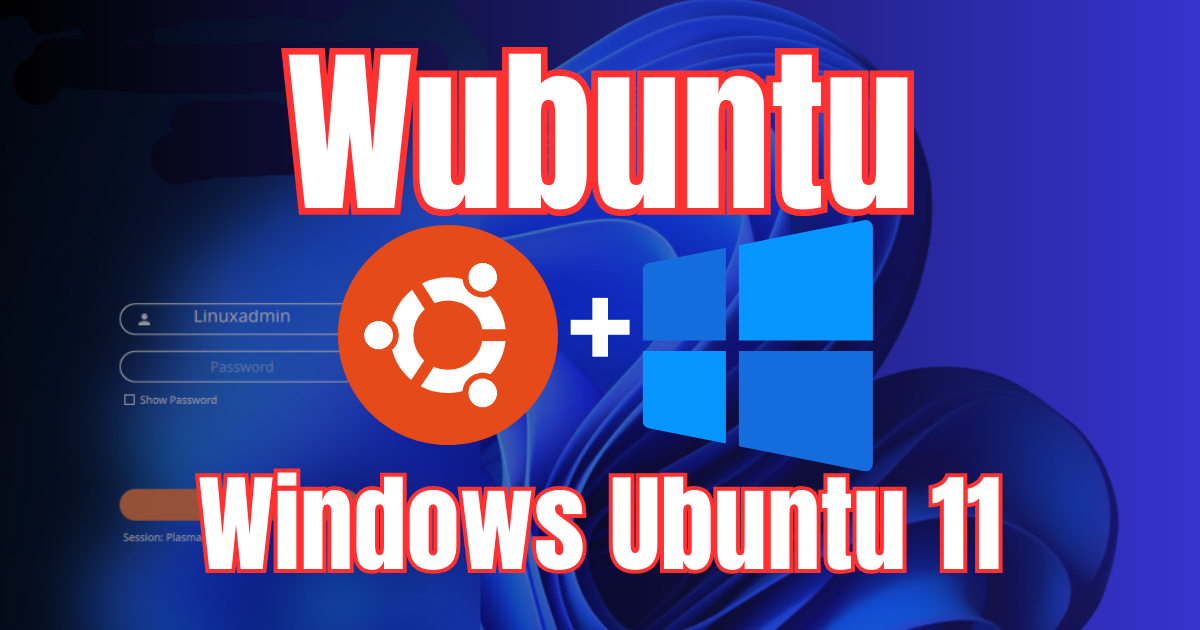
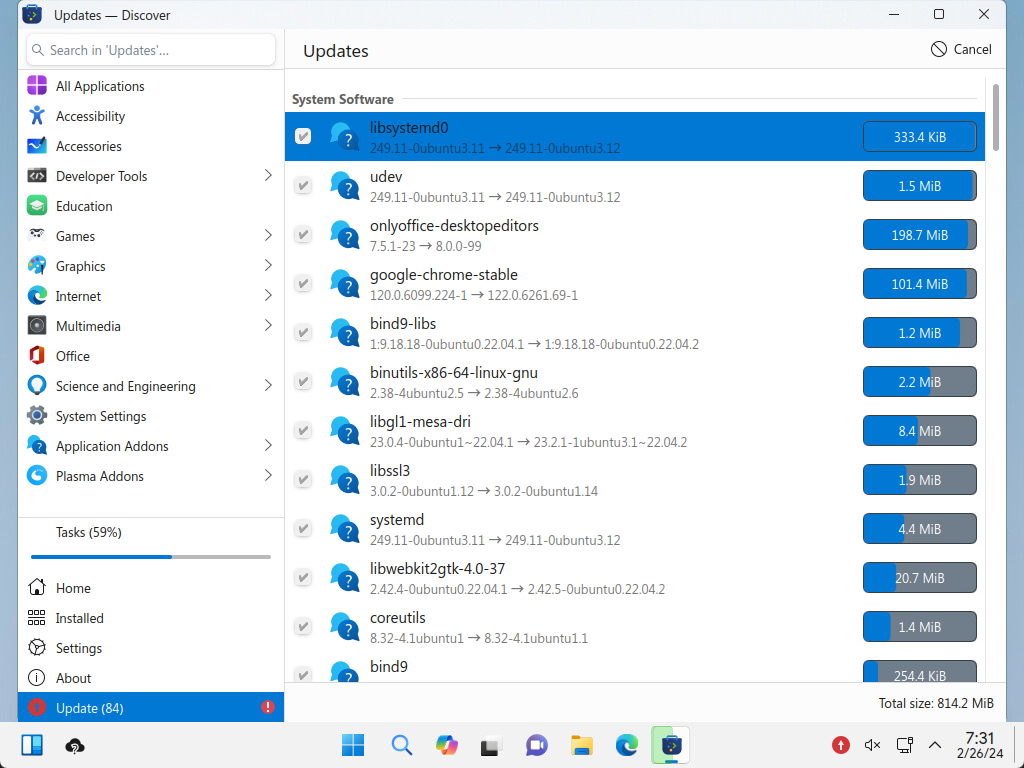
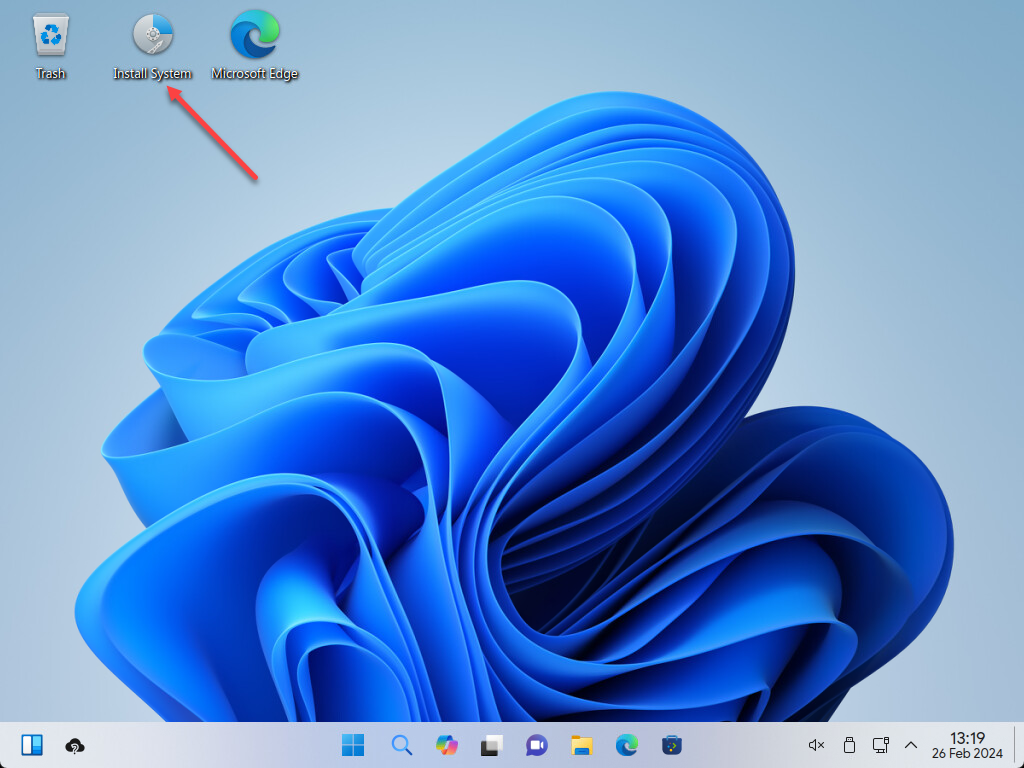
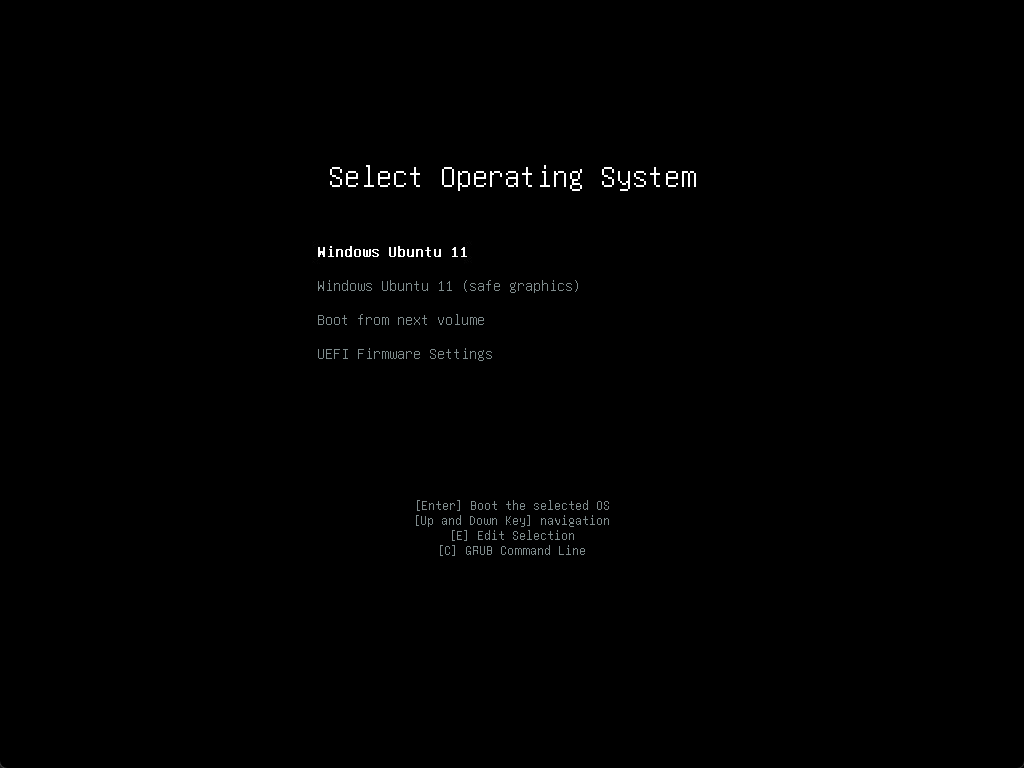
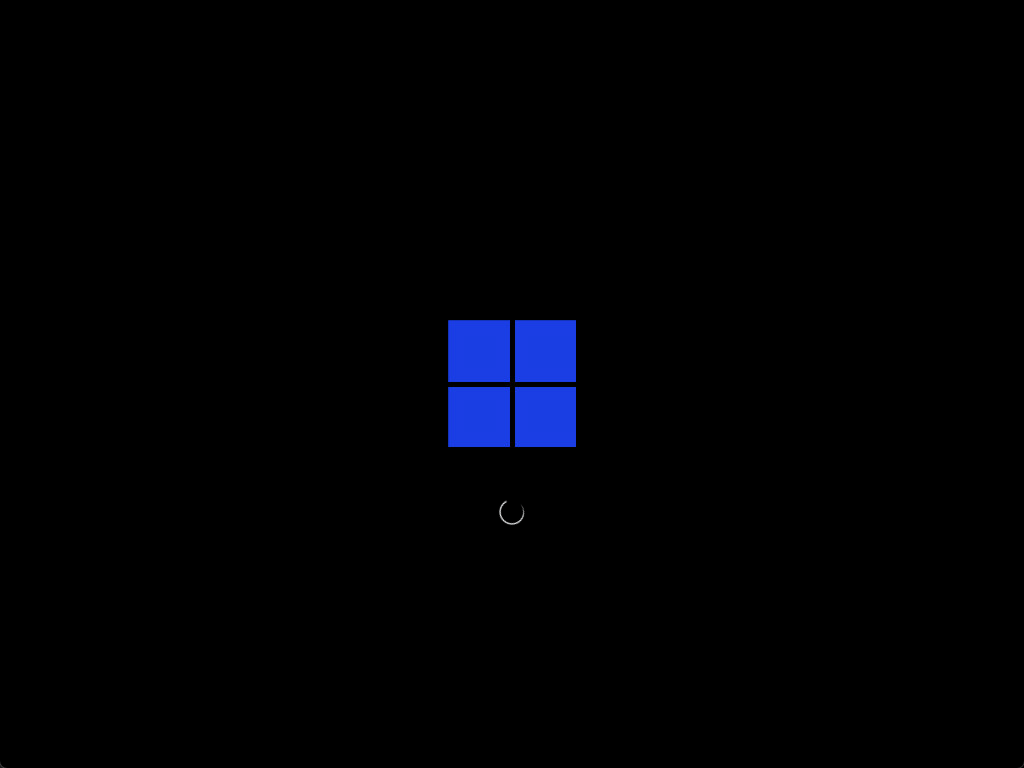
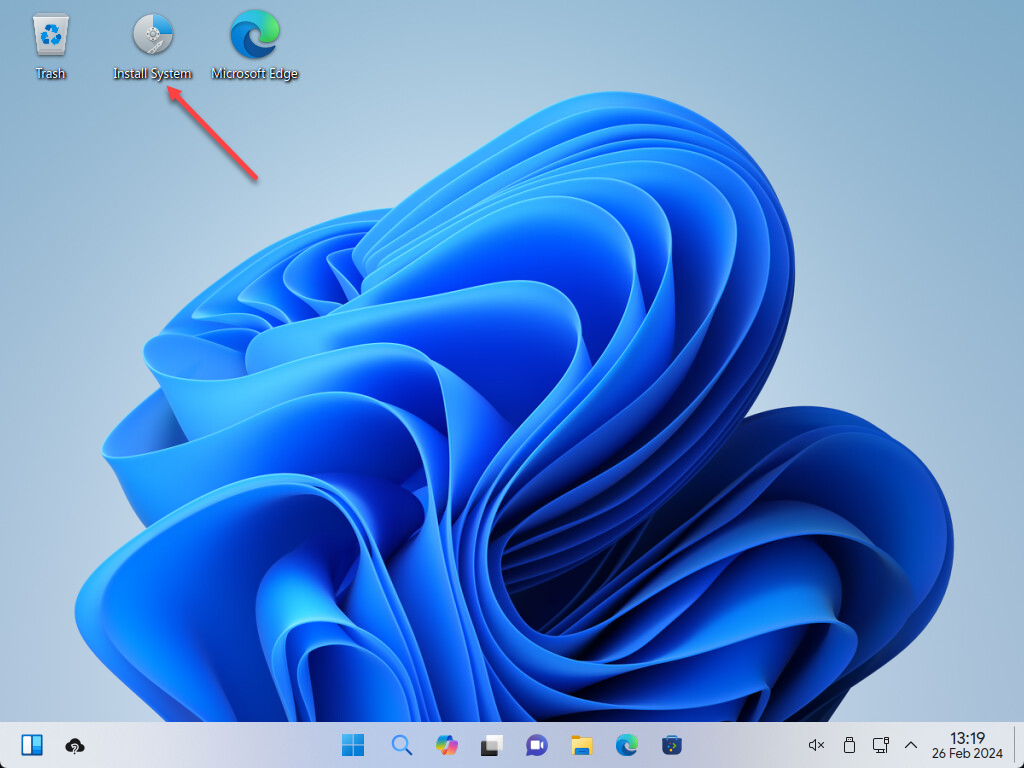
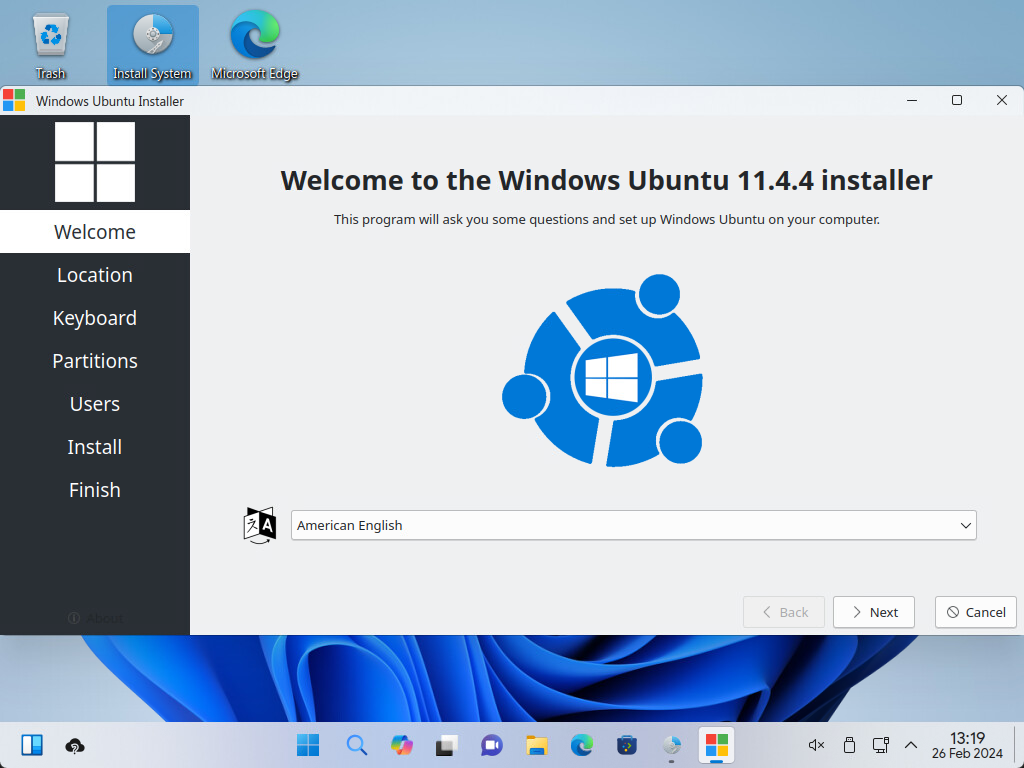
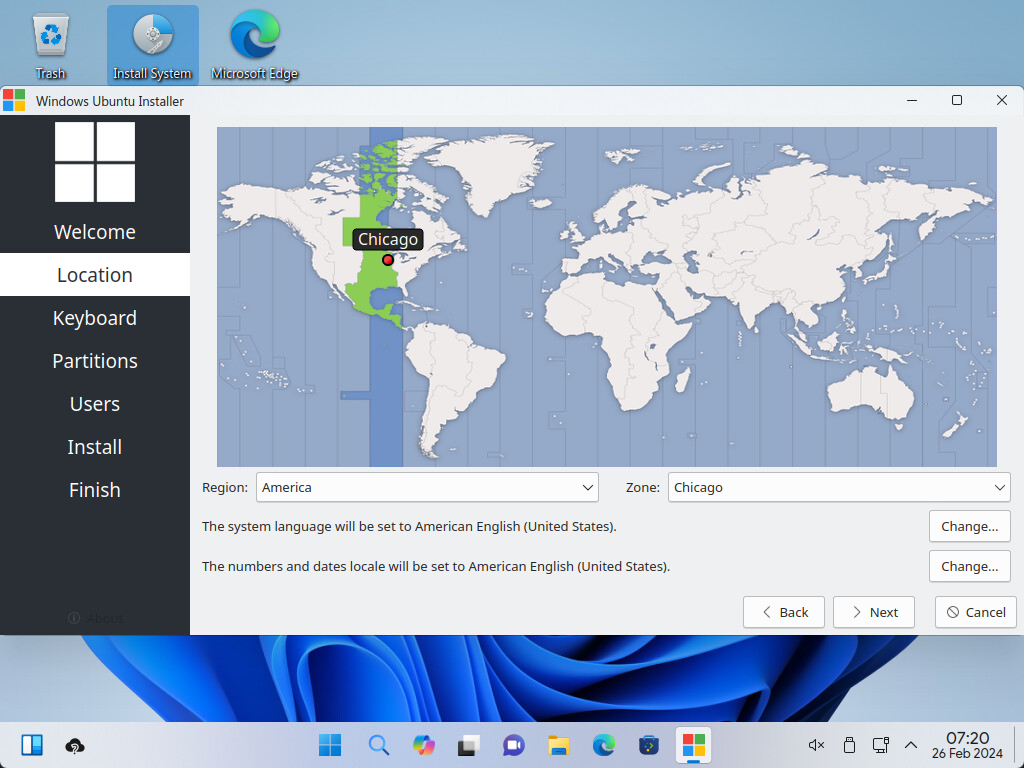
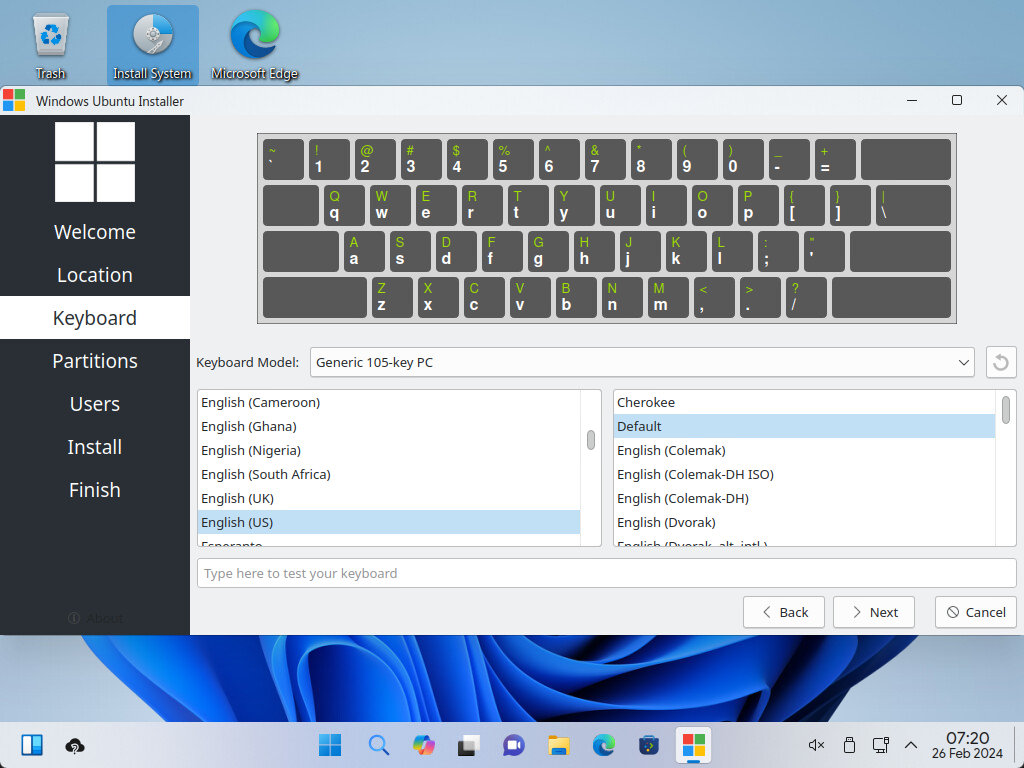
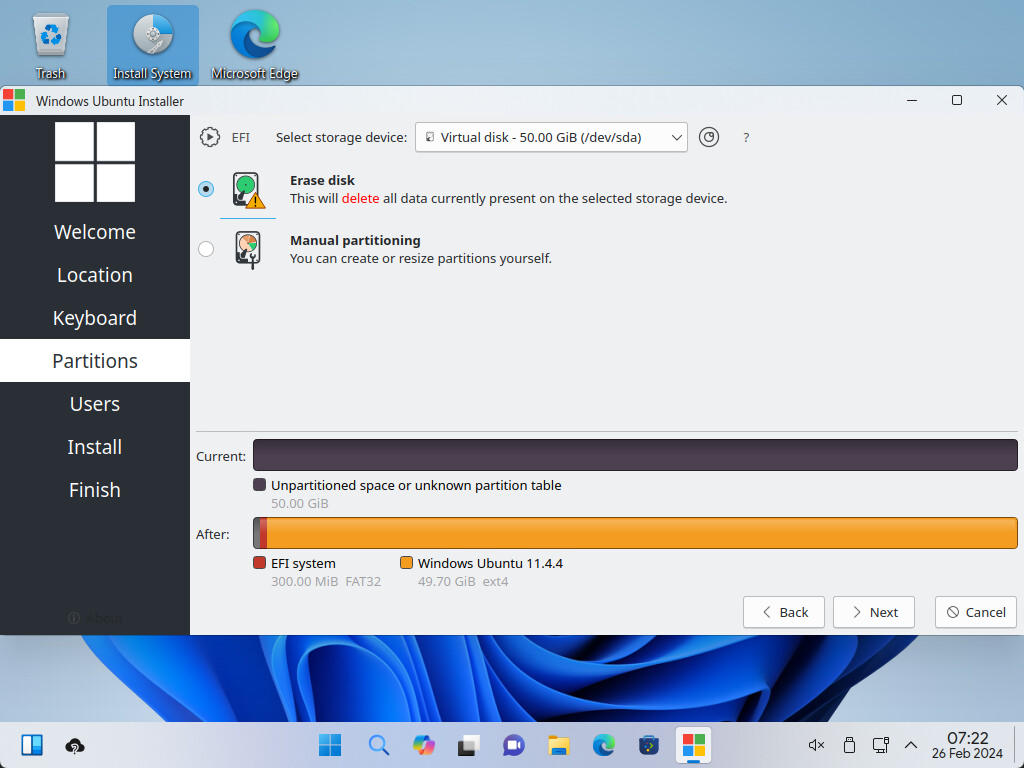
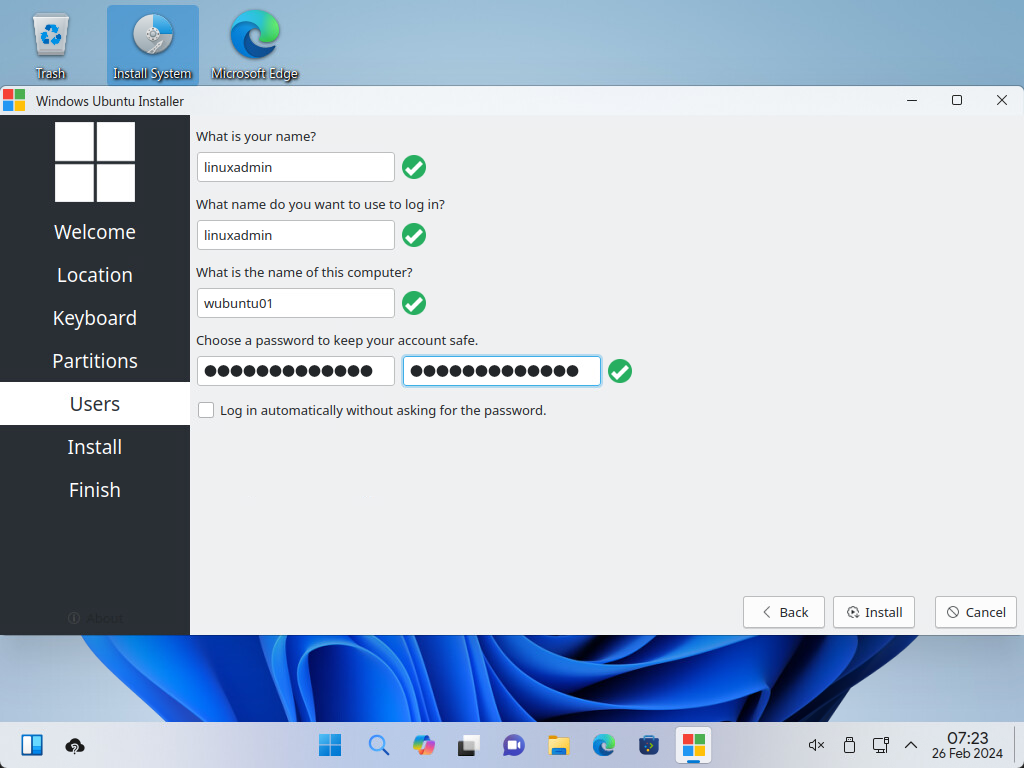
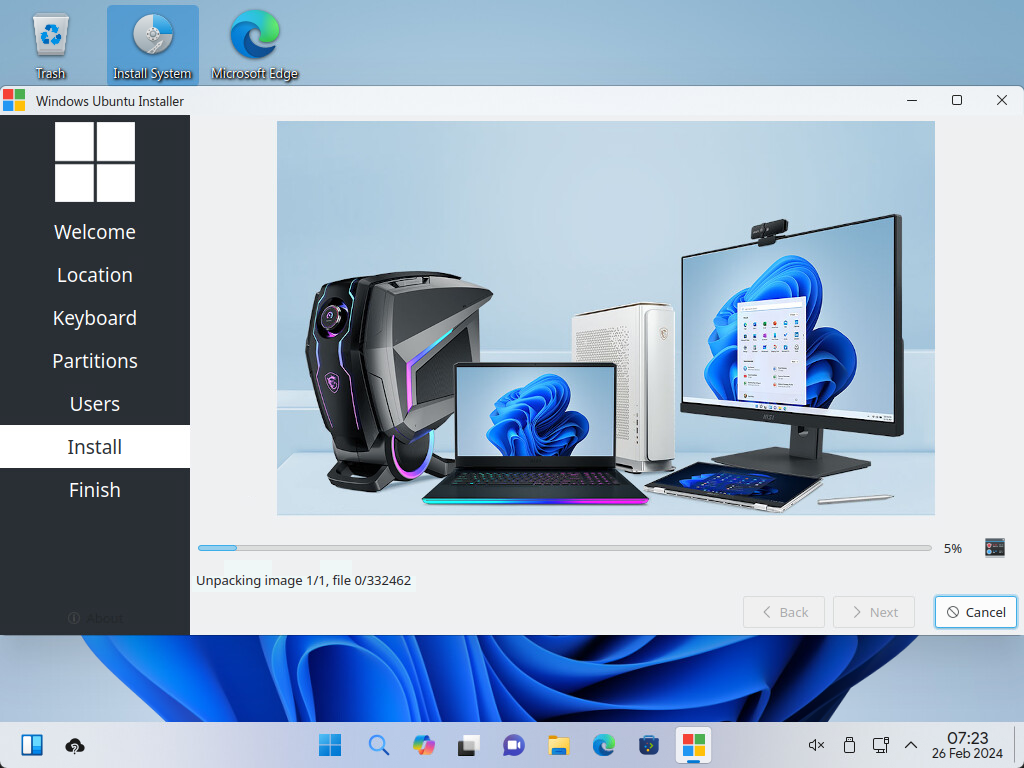
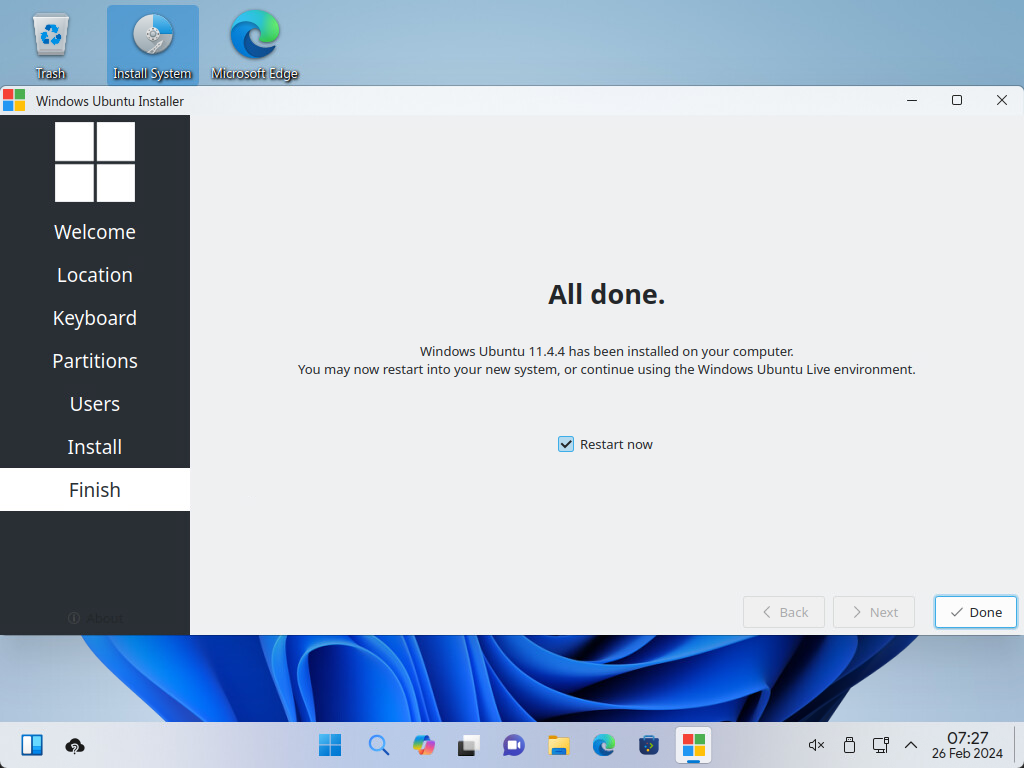
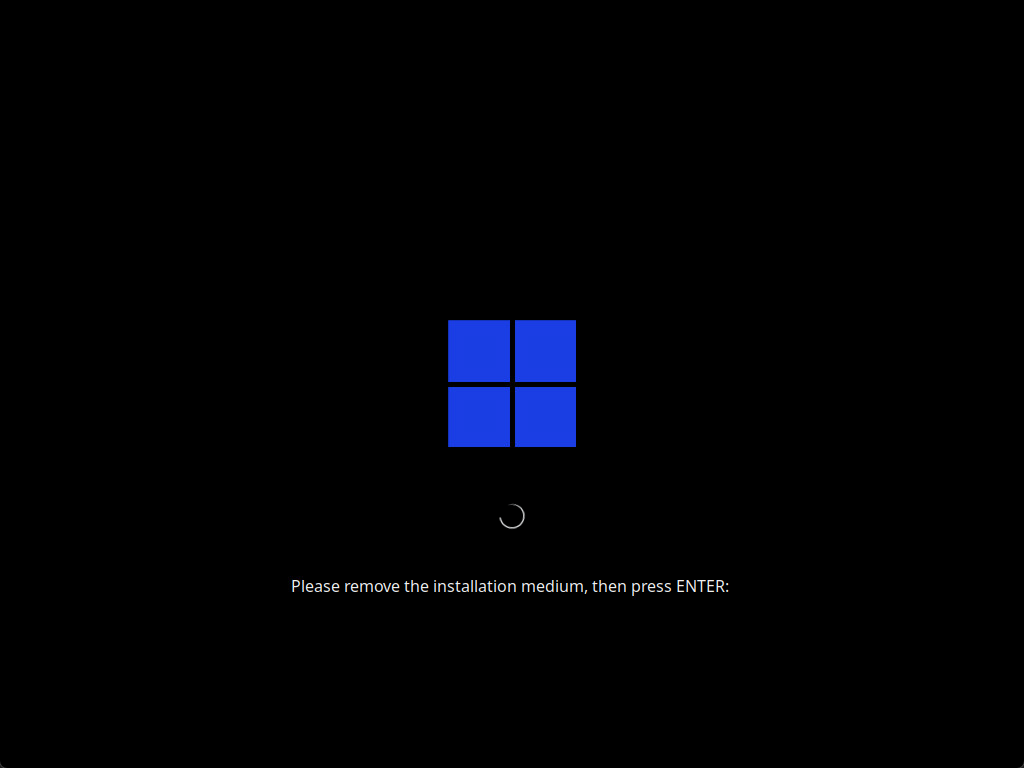
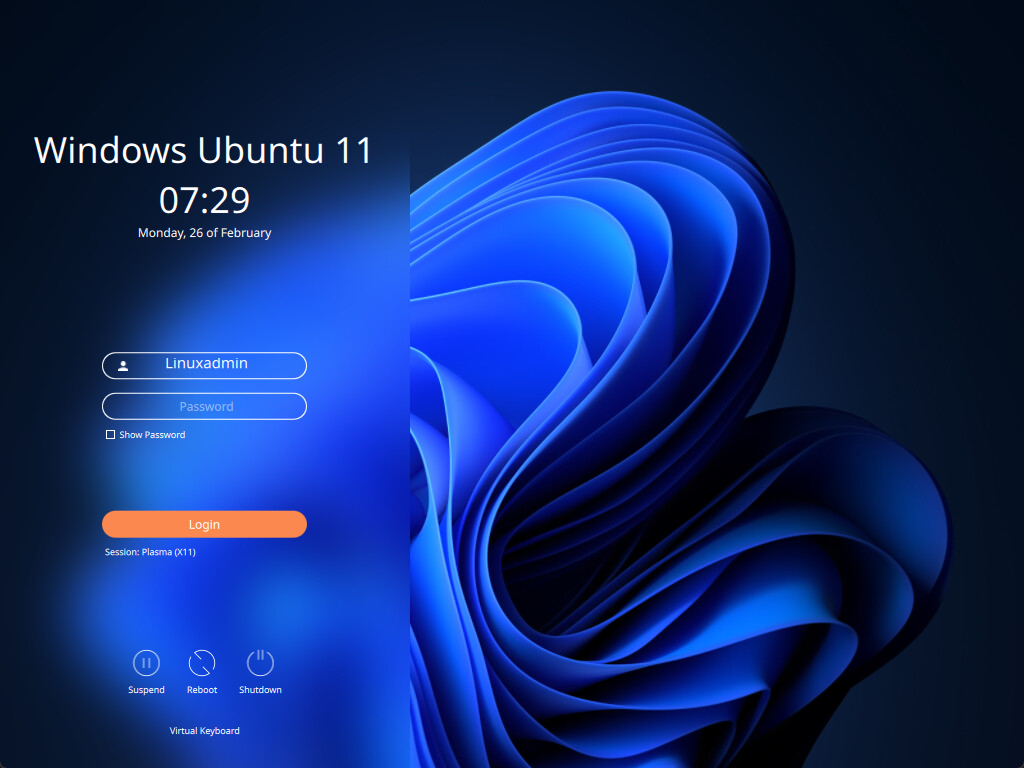
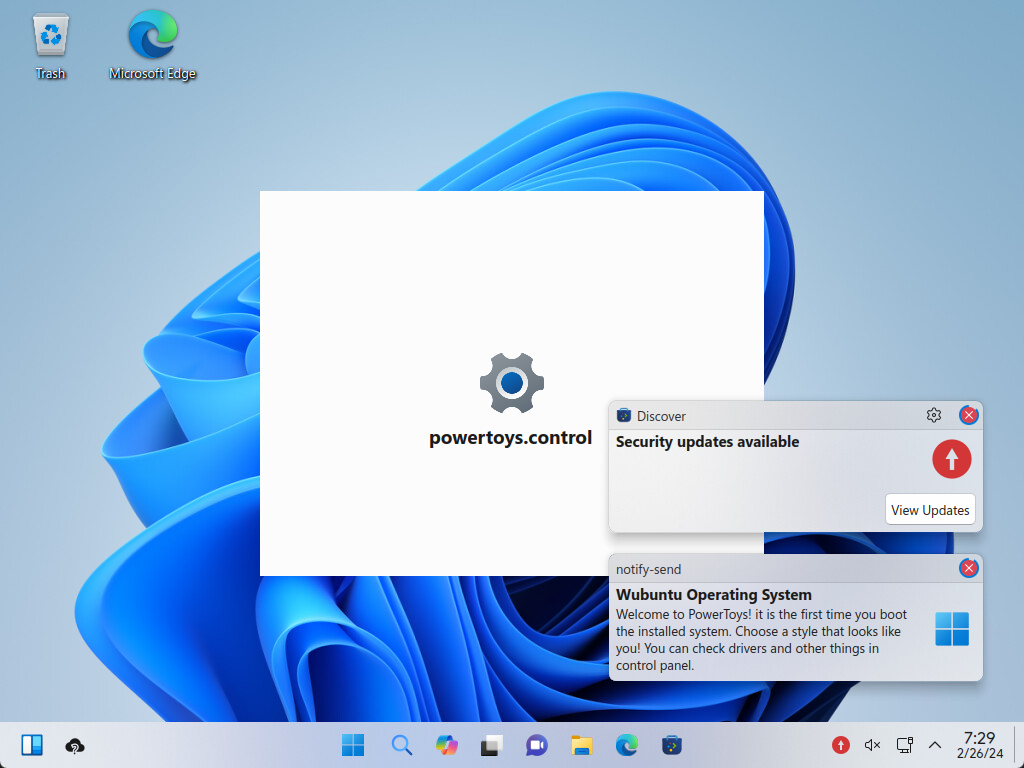
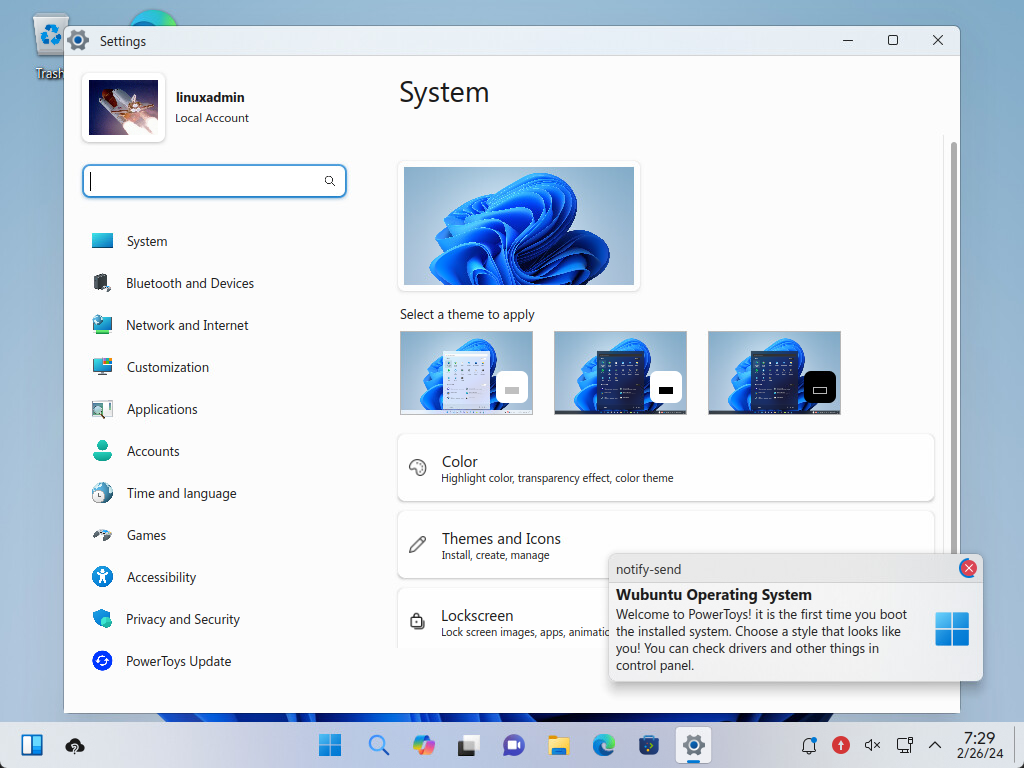
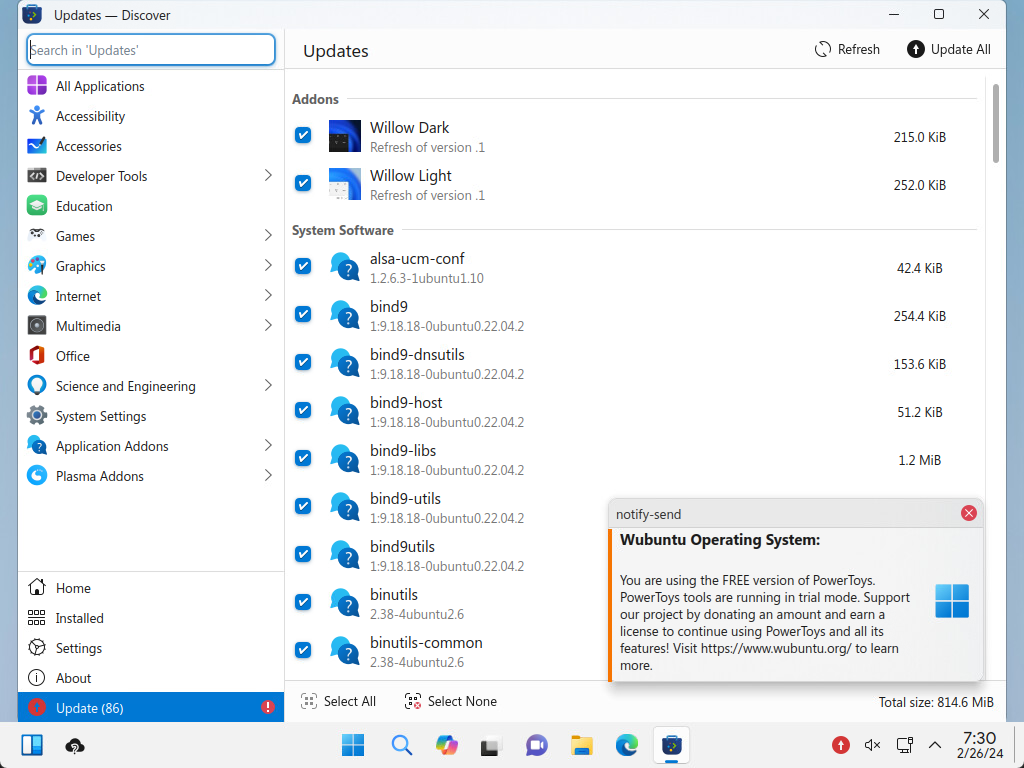
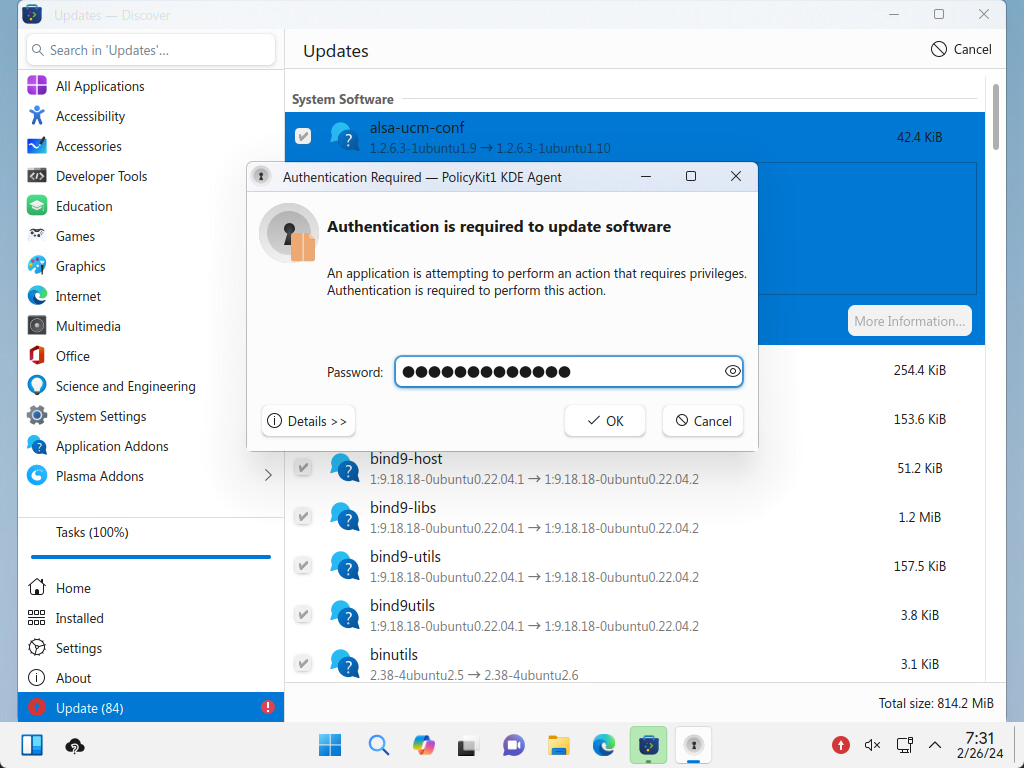
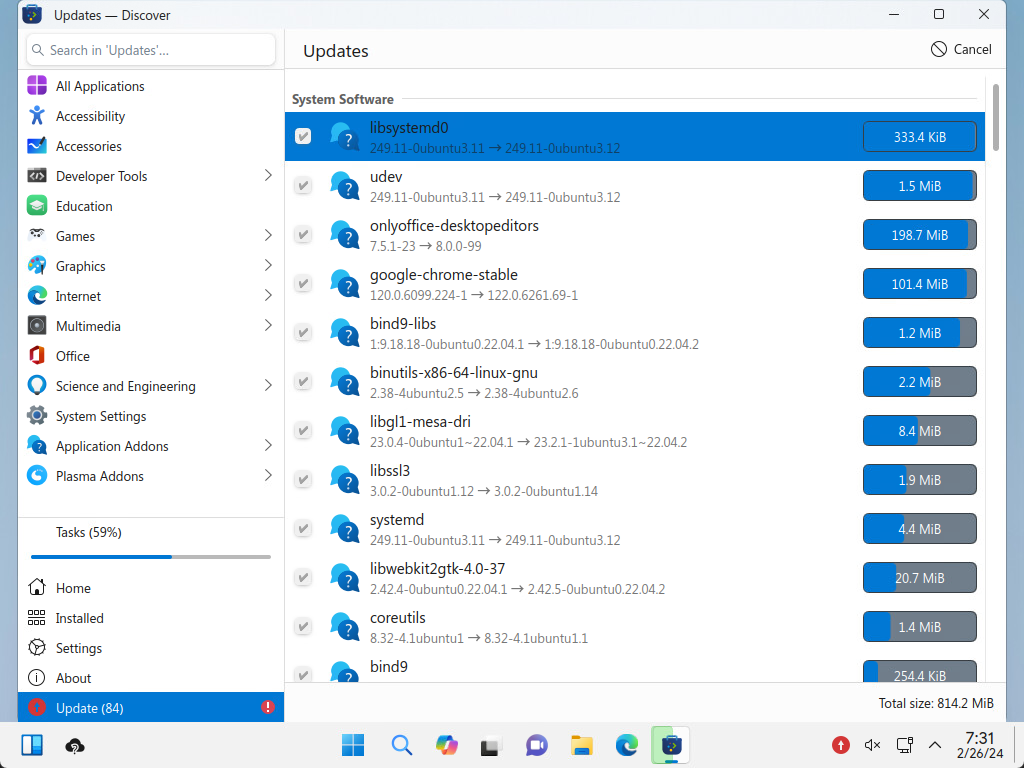
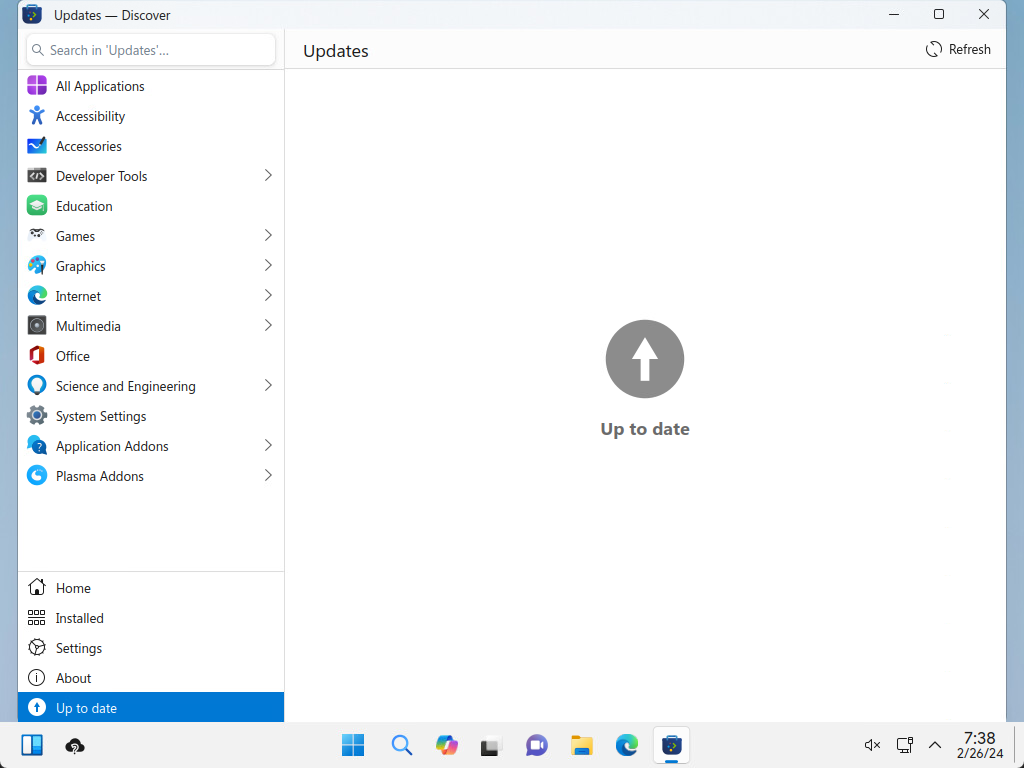
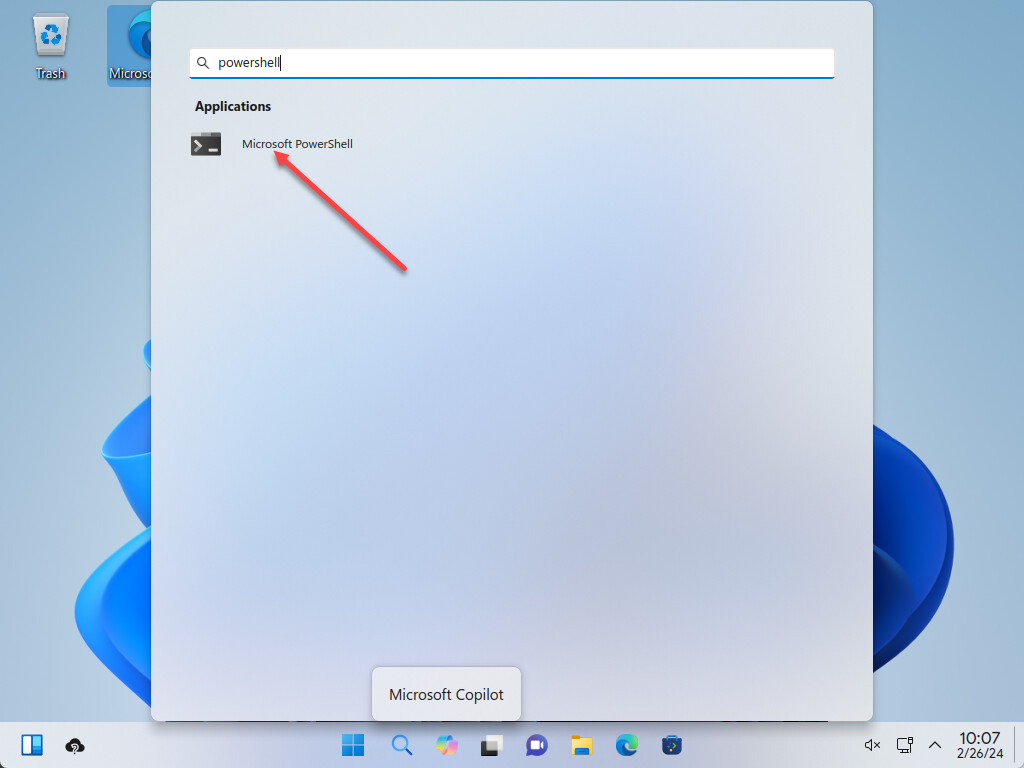
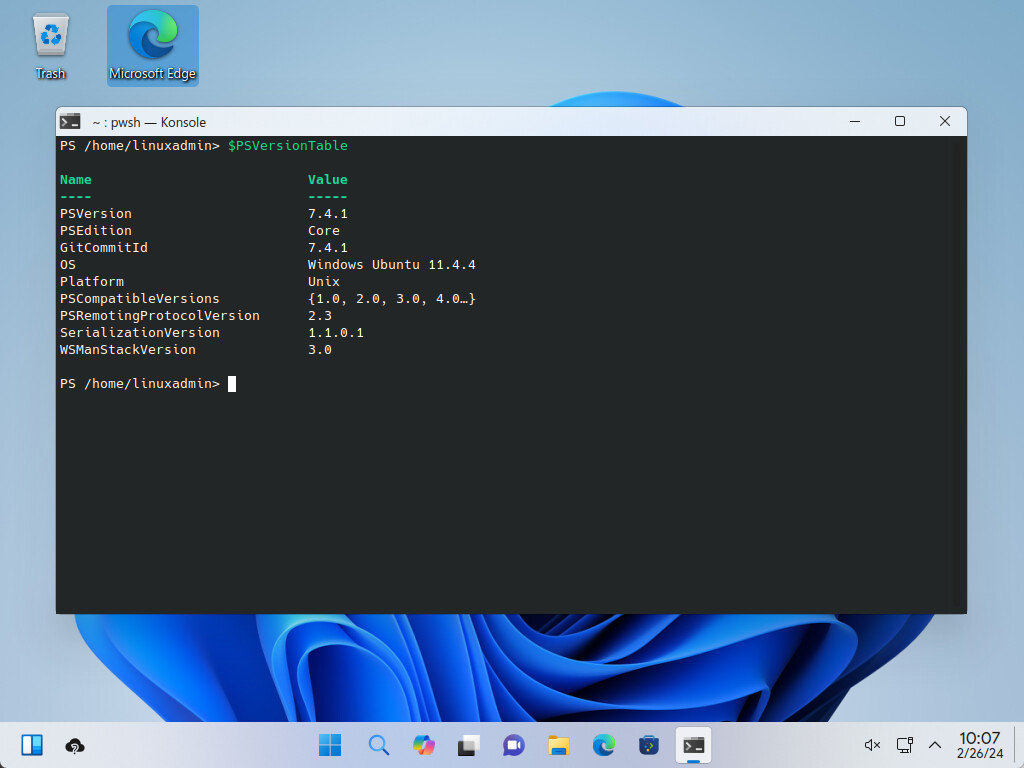
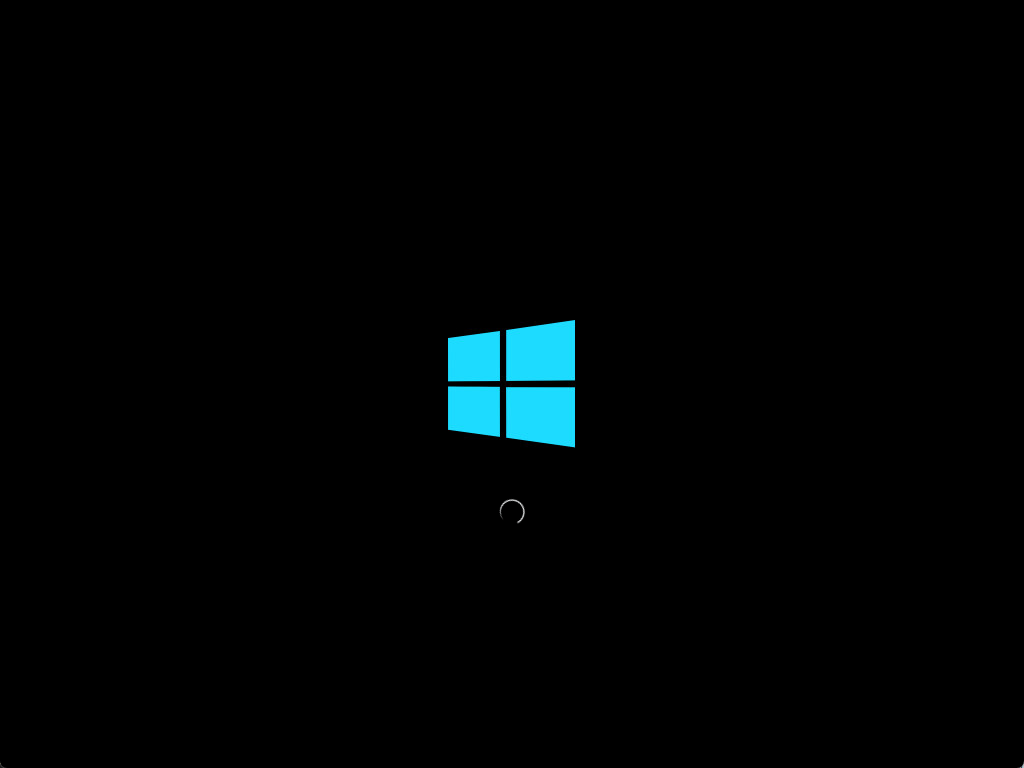
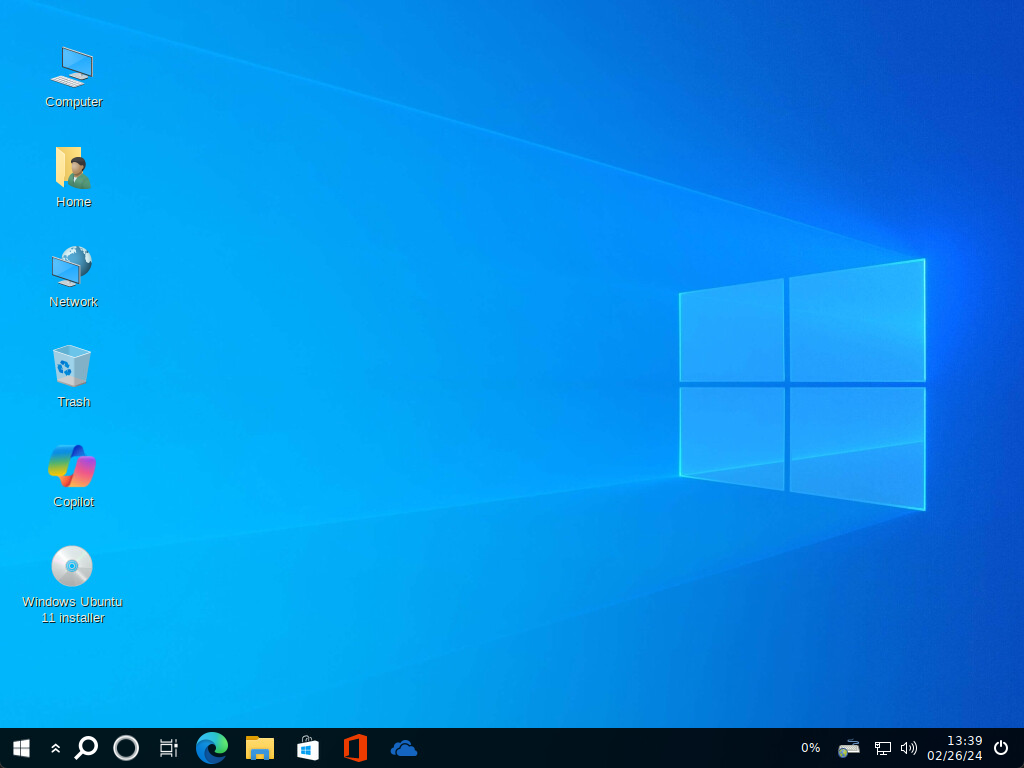
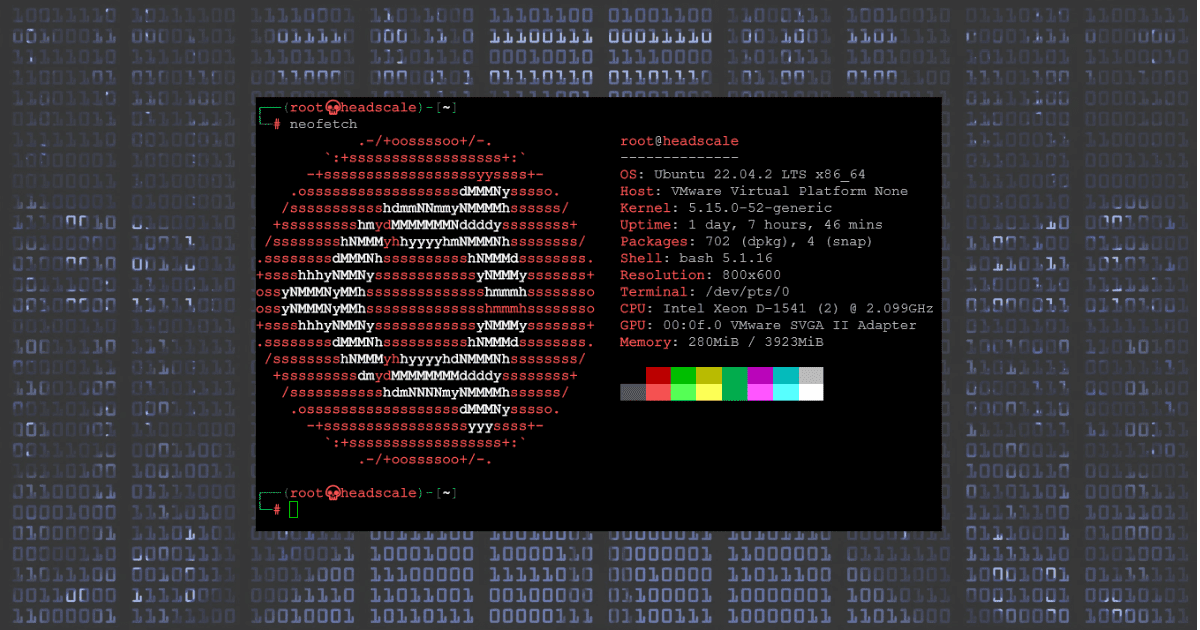

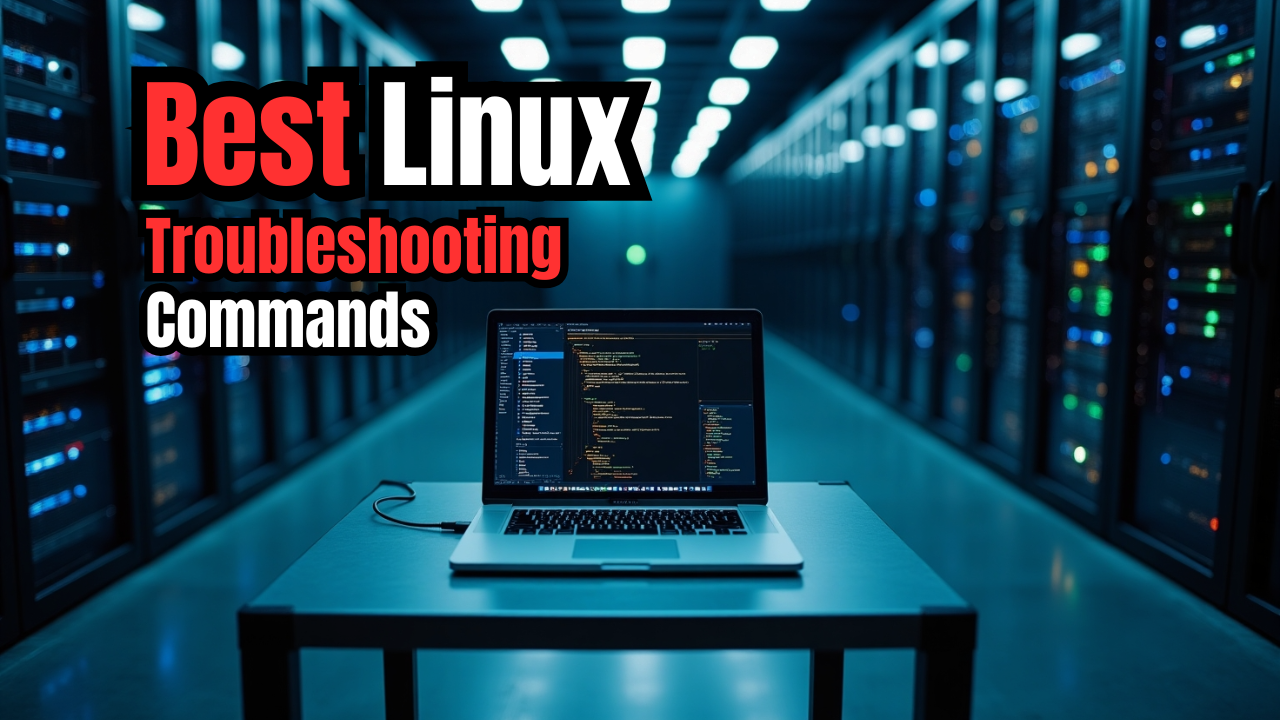
Now make LibreOffice look like Office 365 and we can eradicate M$ from desktops…
There is no nice words for this POS desktop. It is a insult to LINUX.